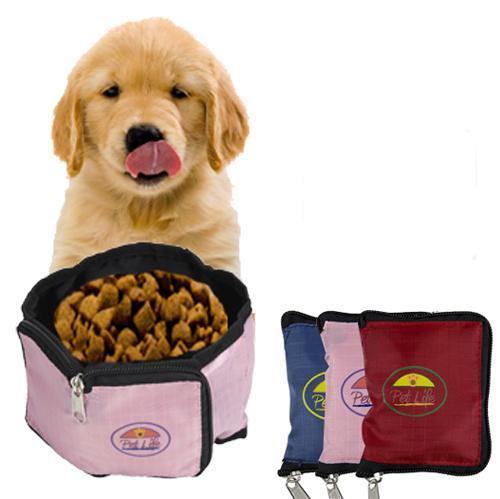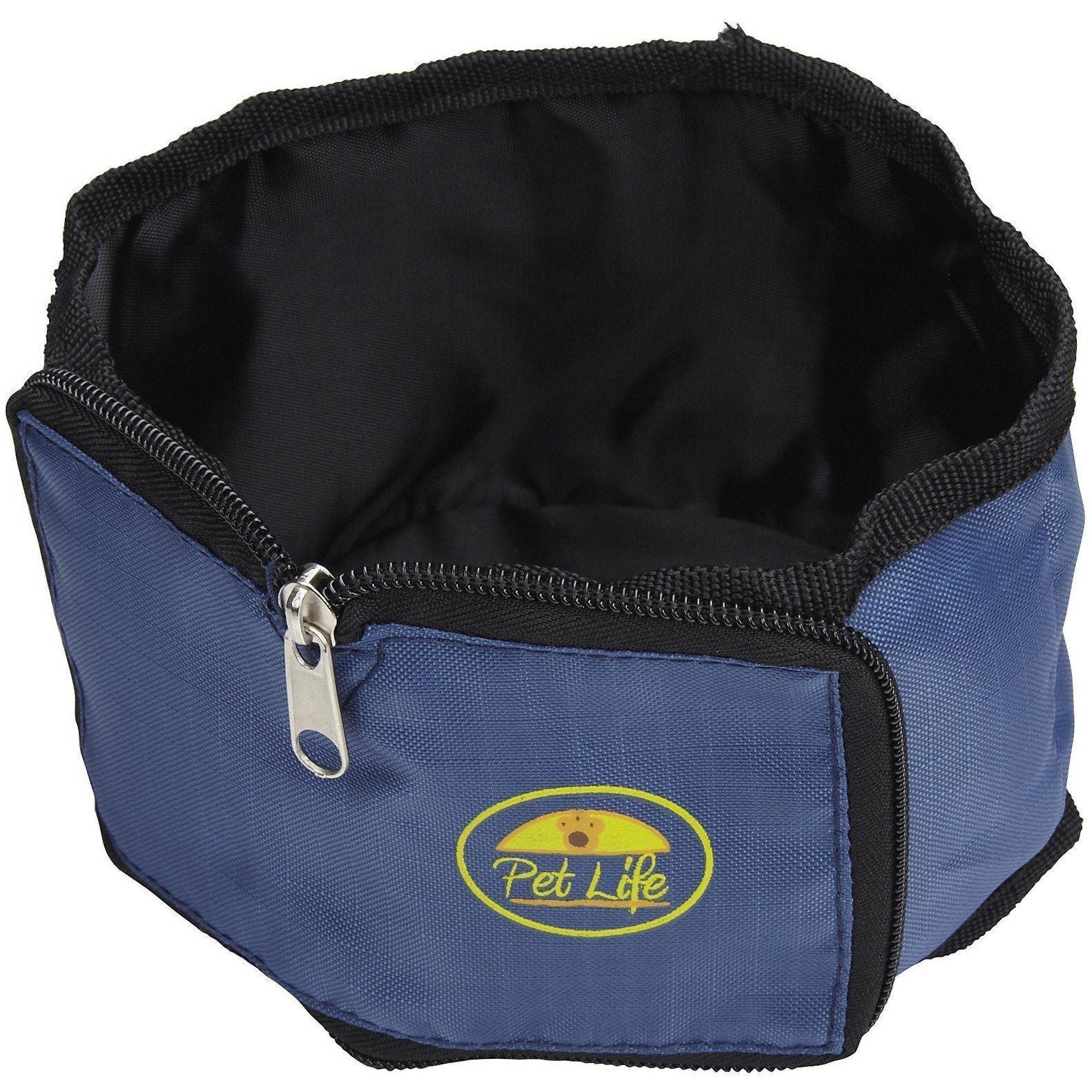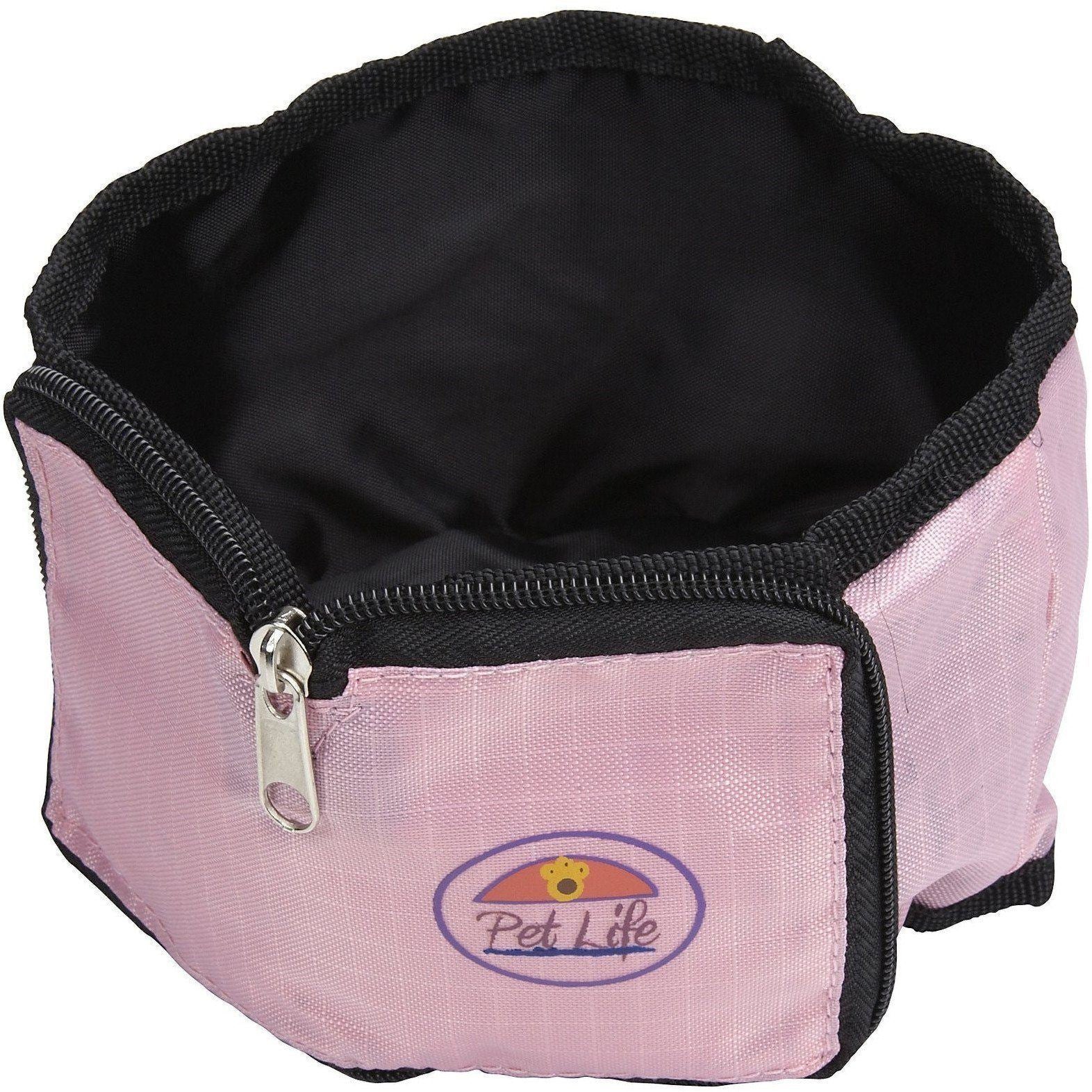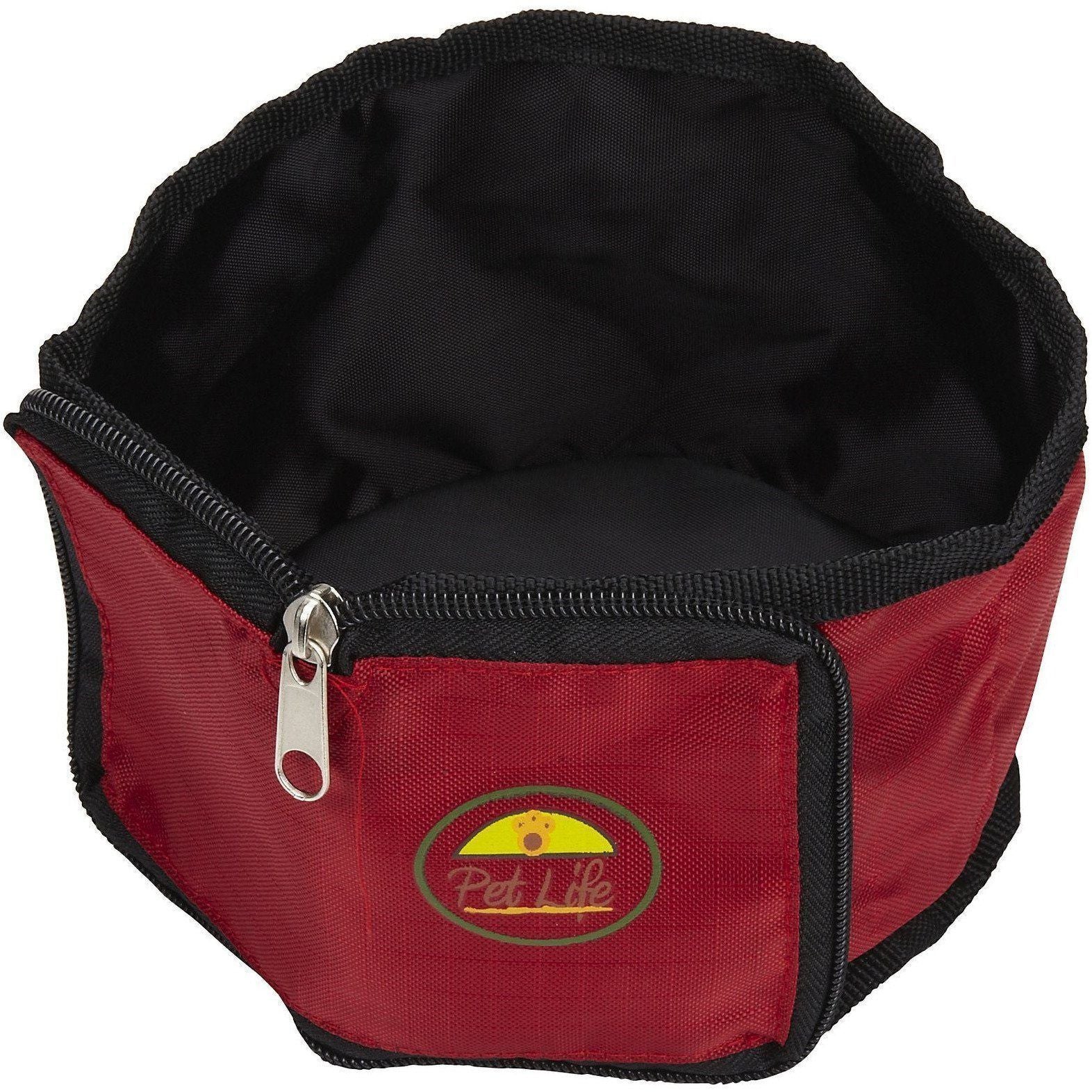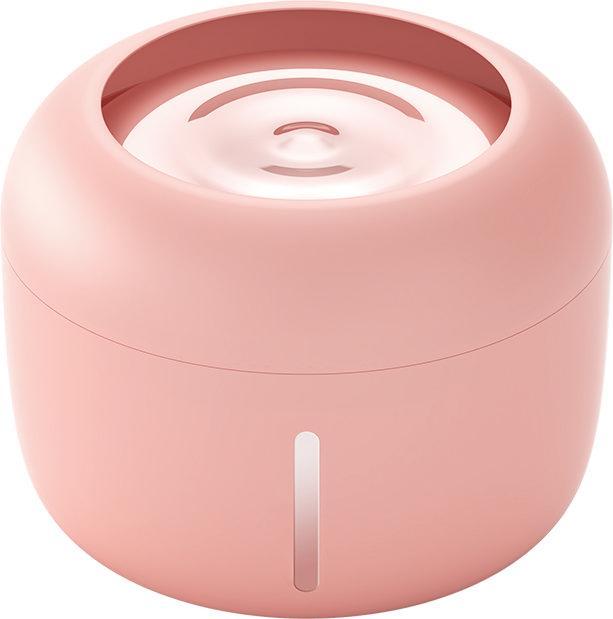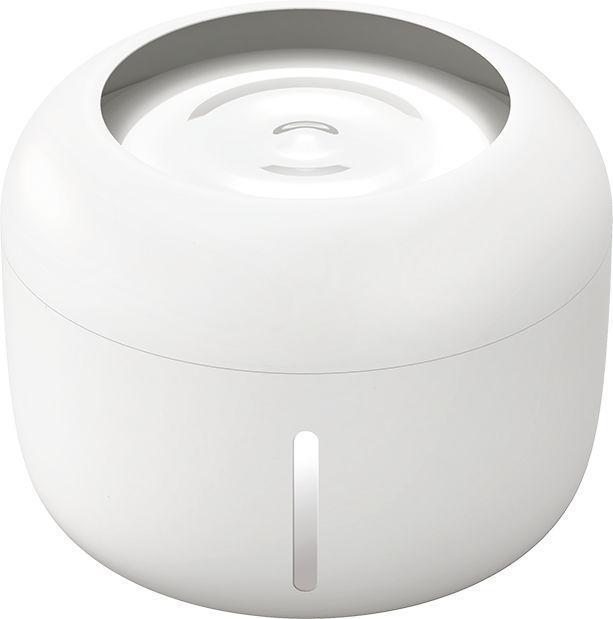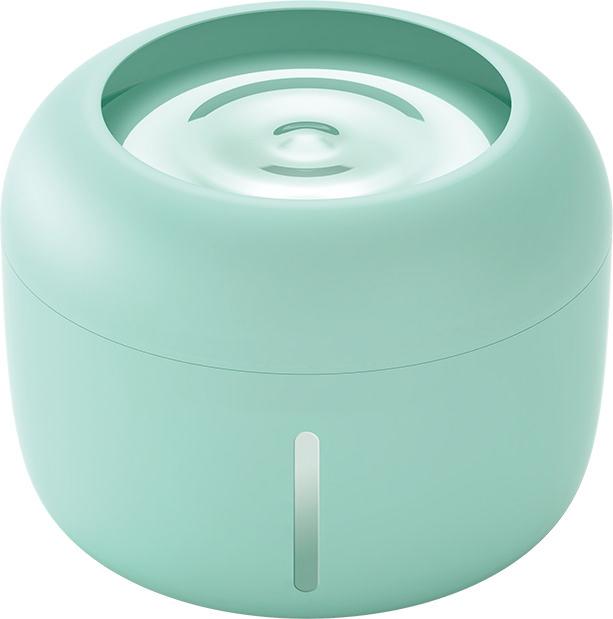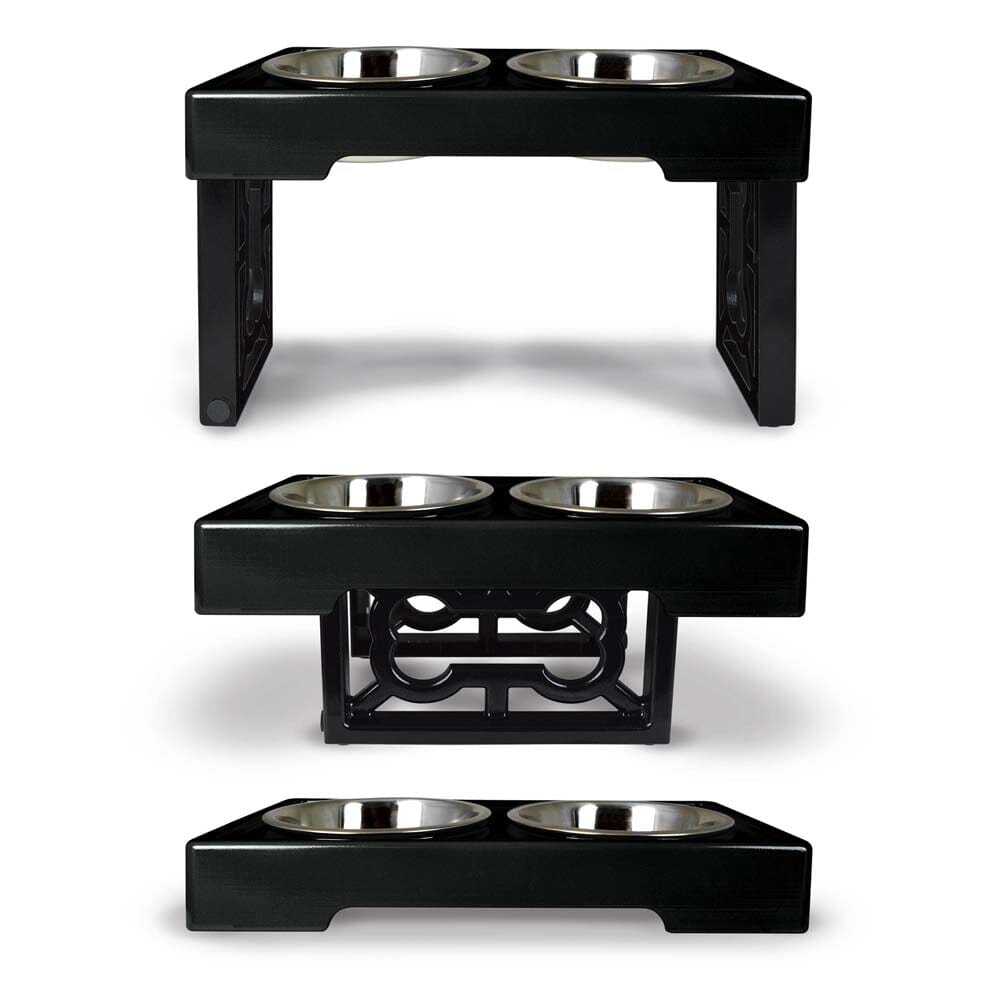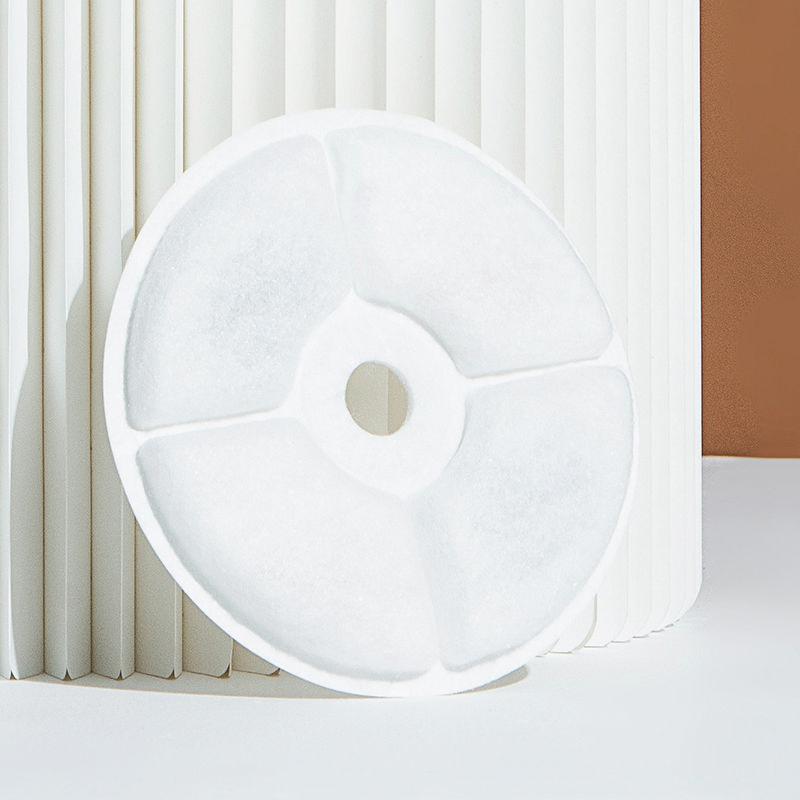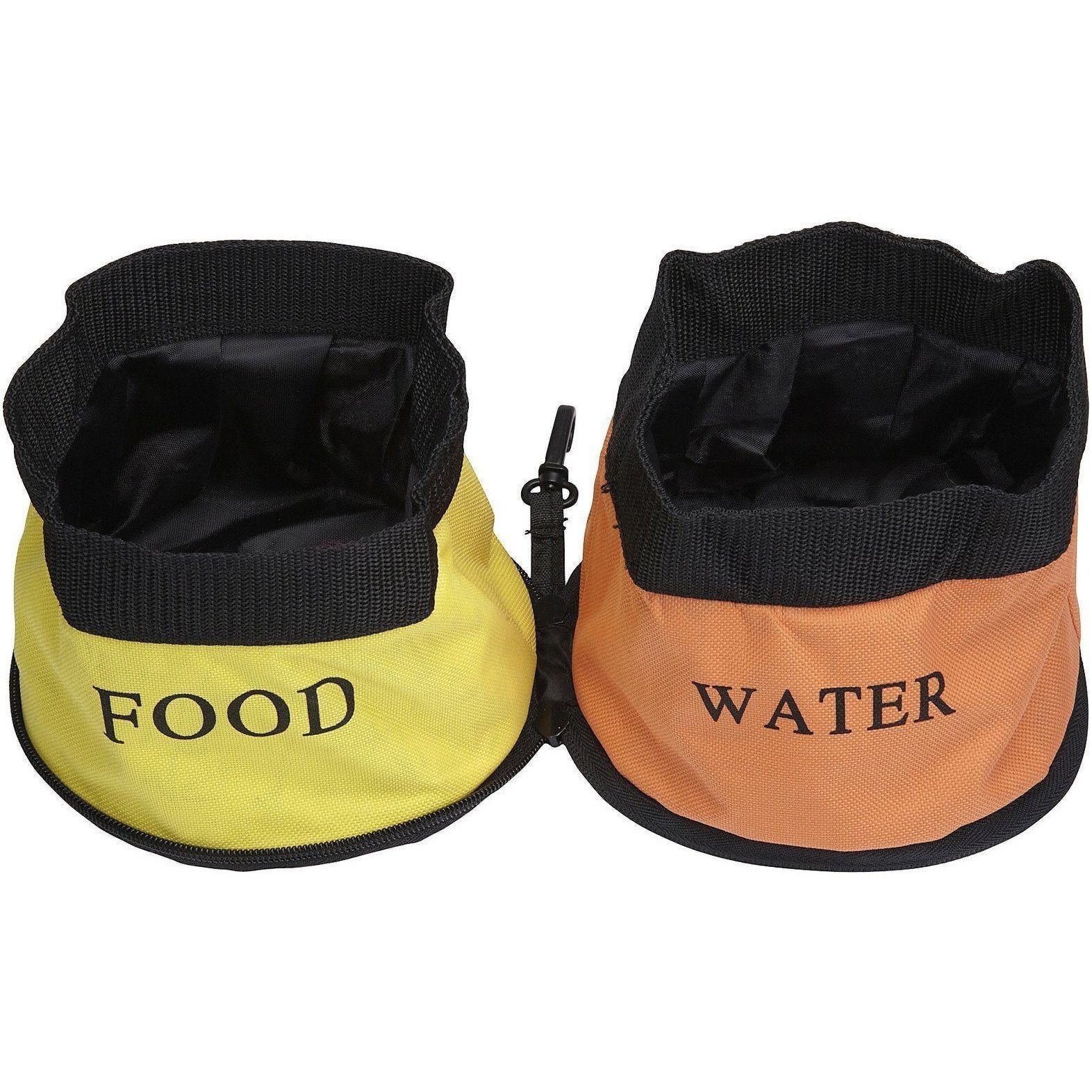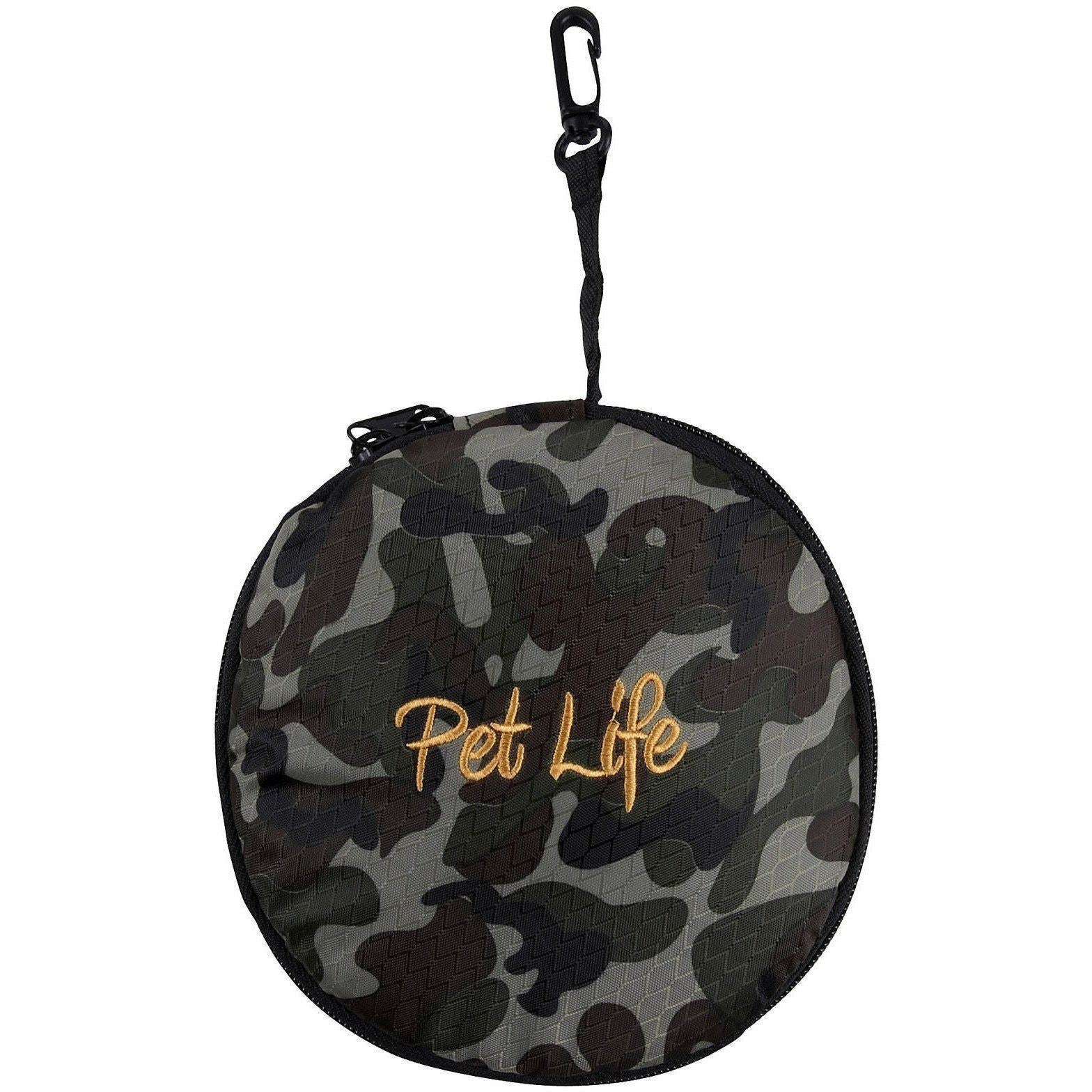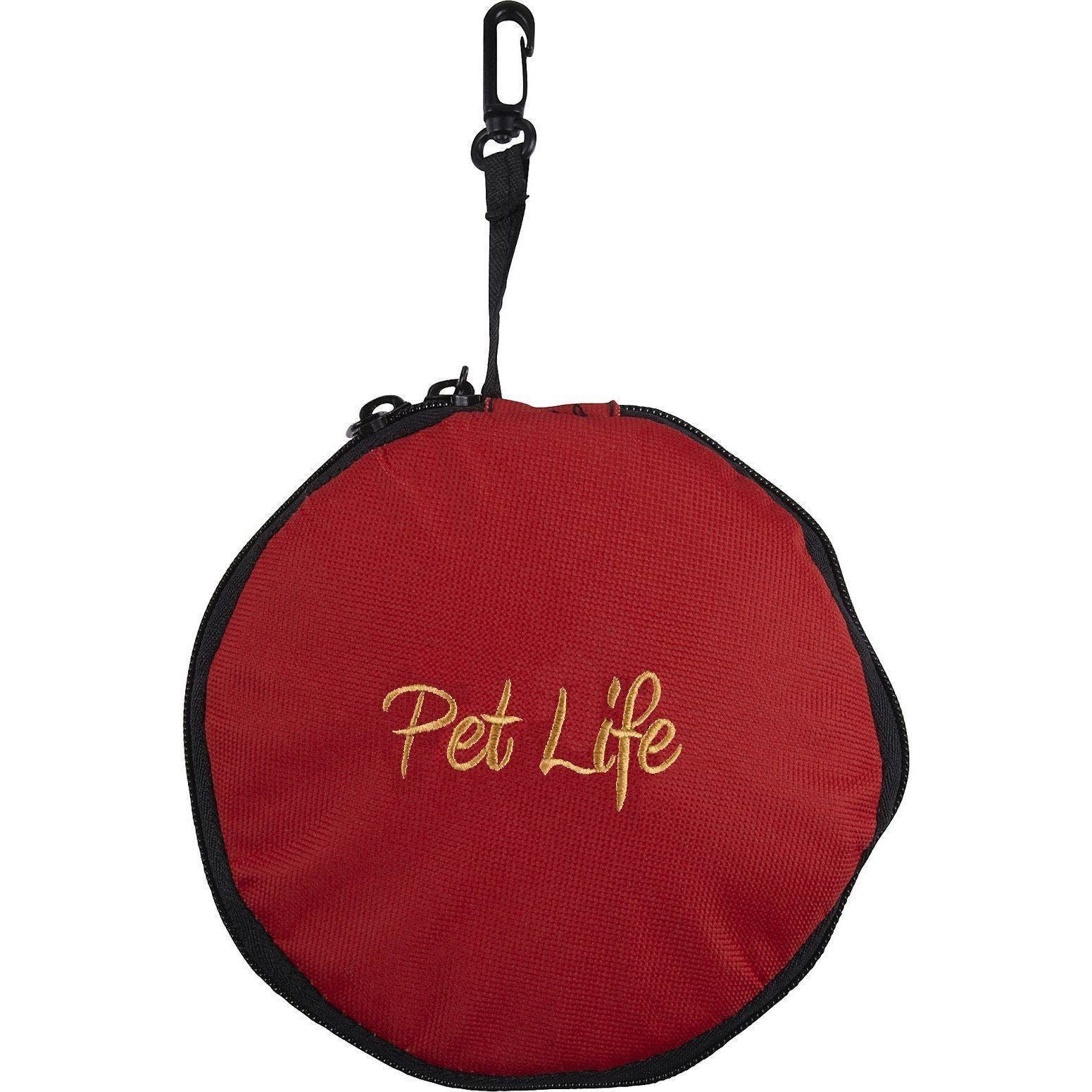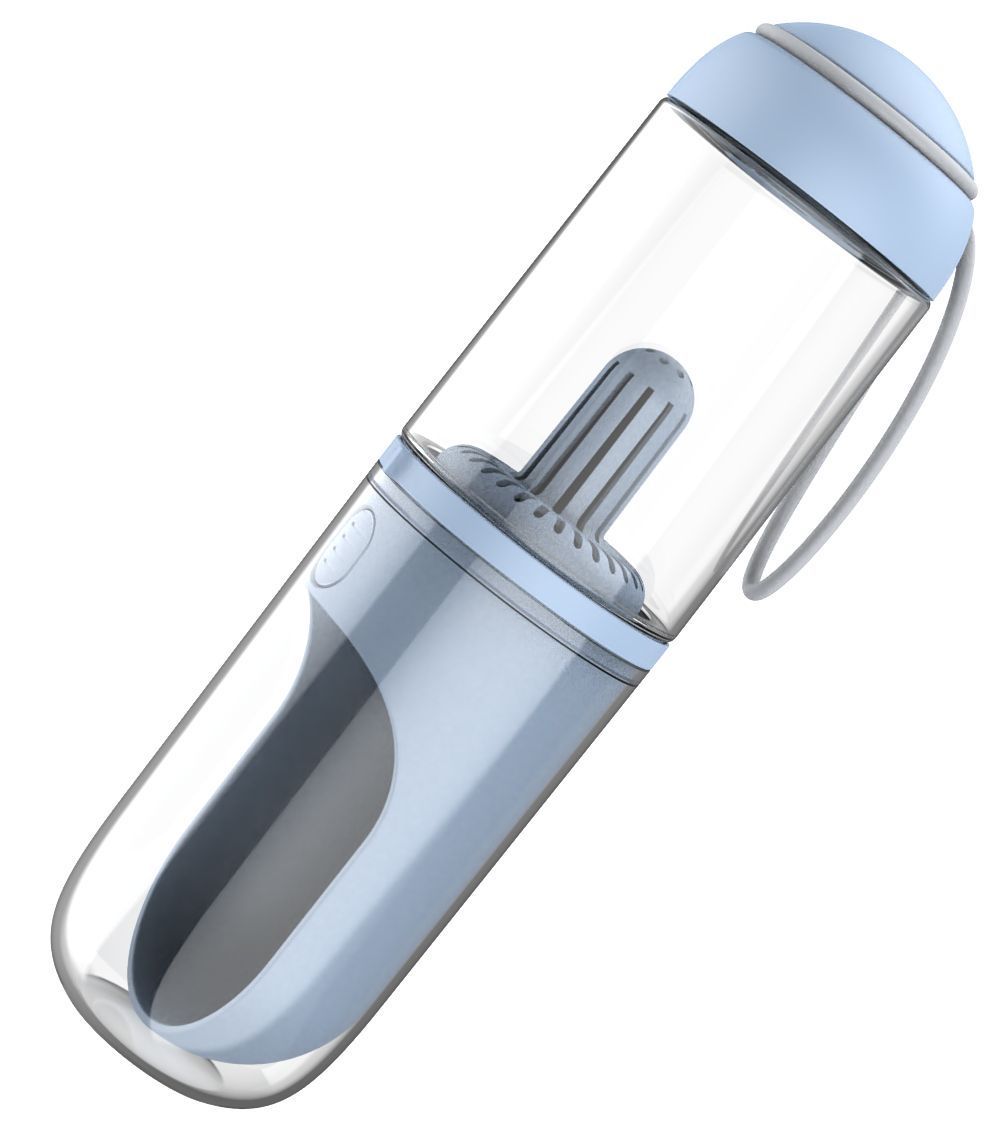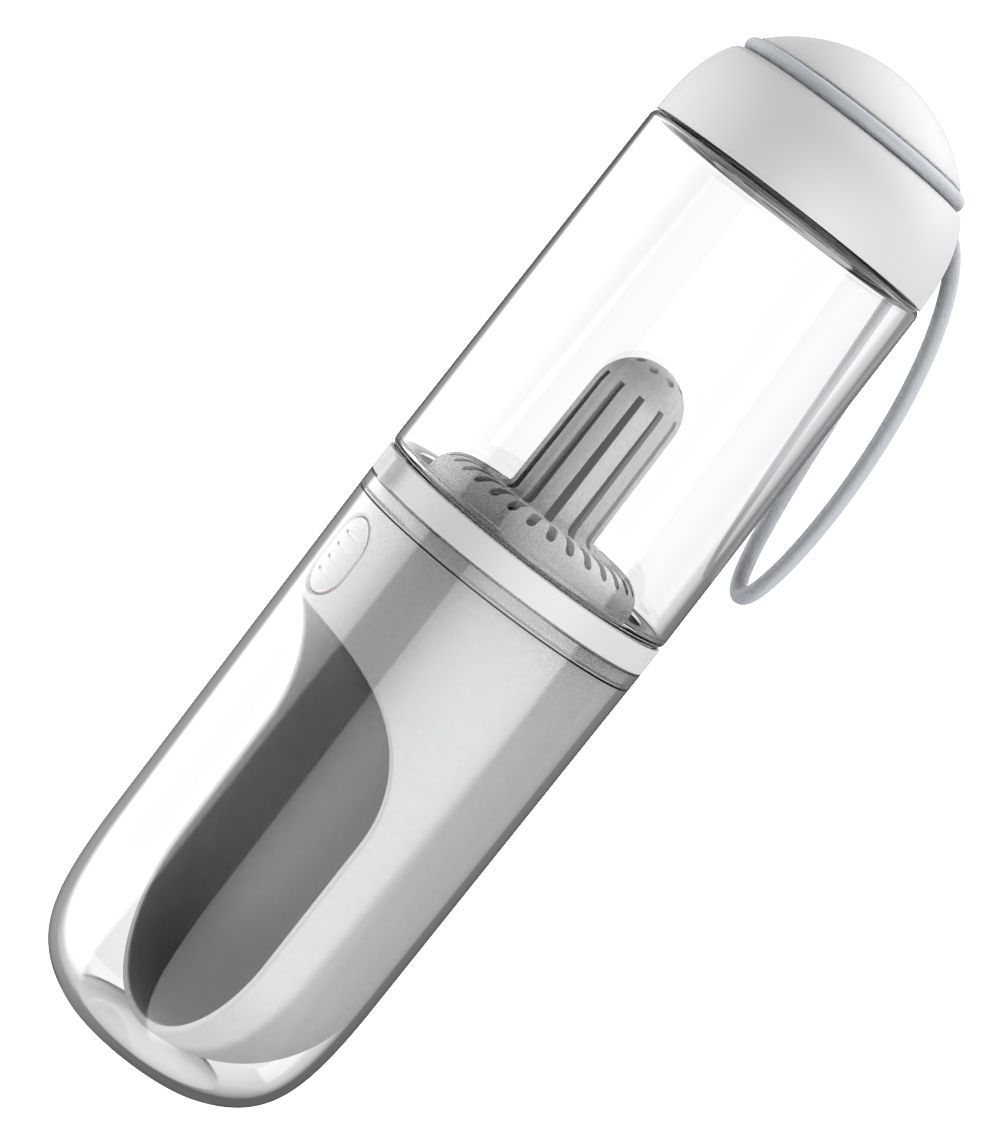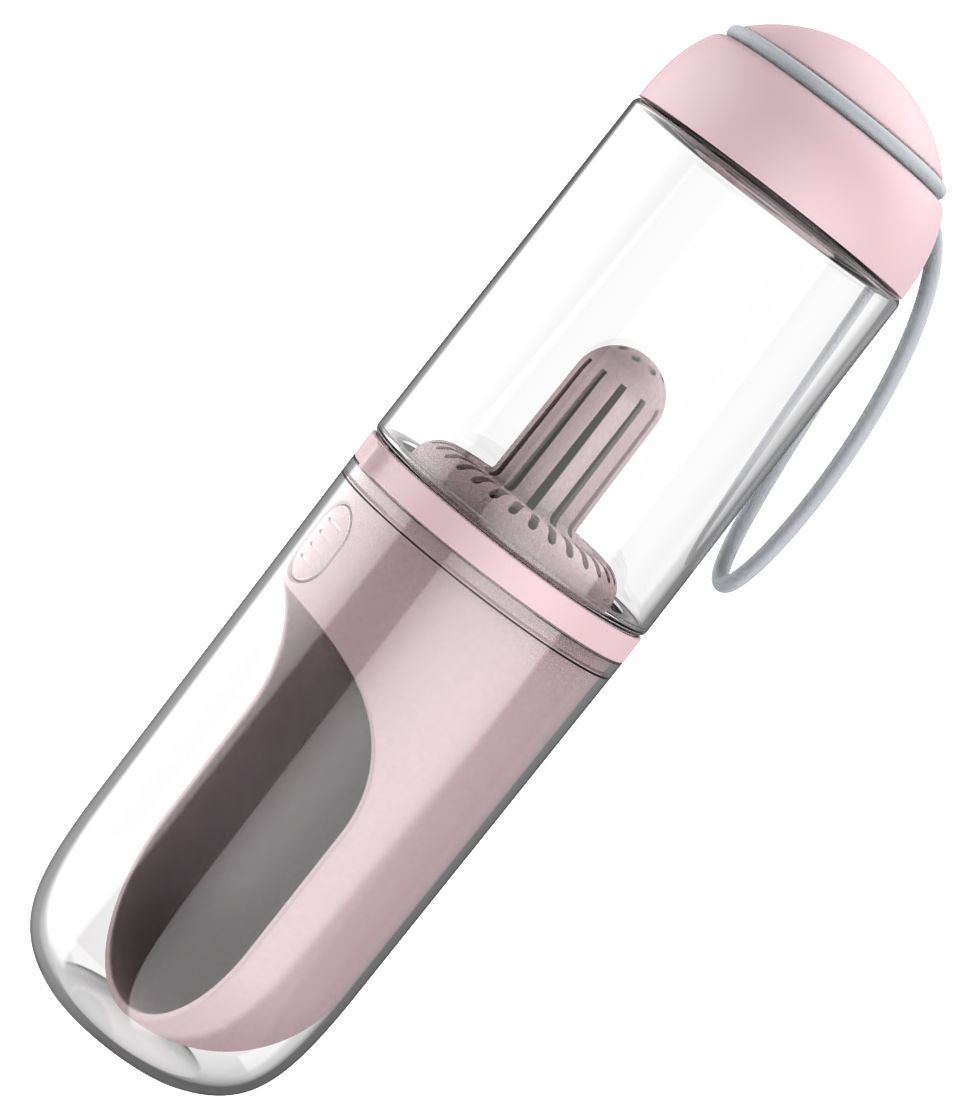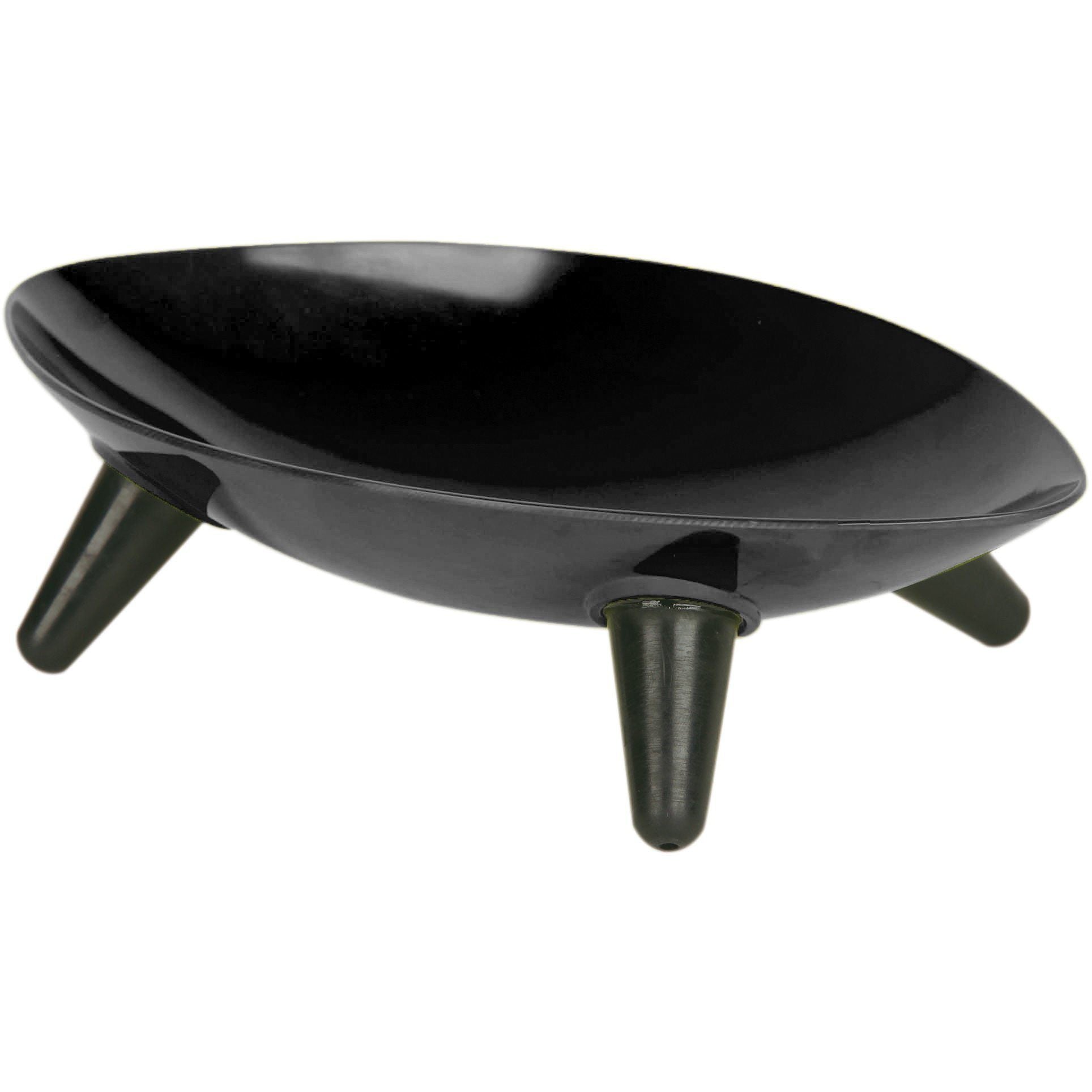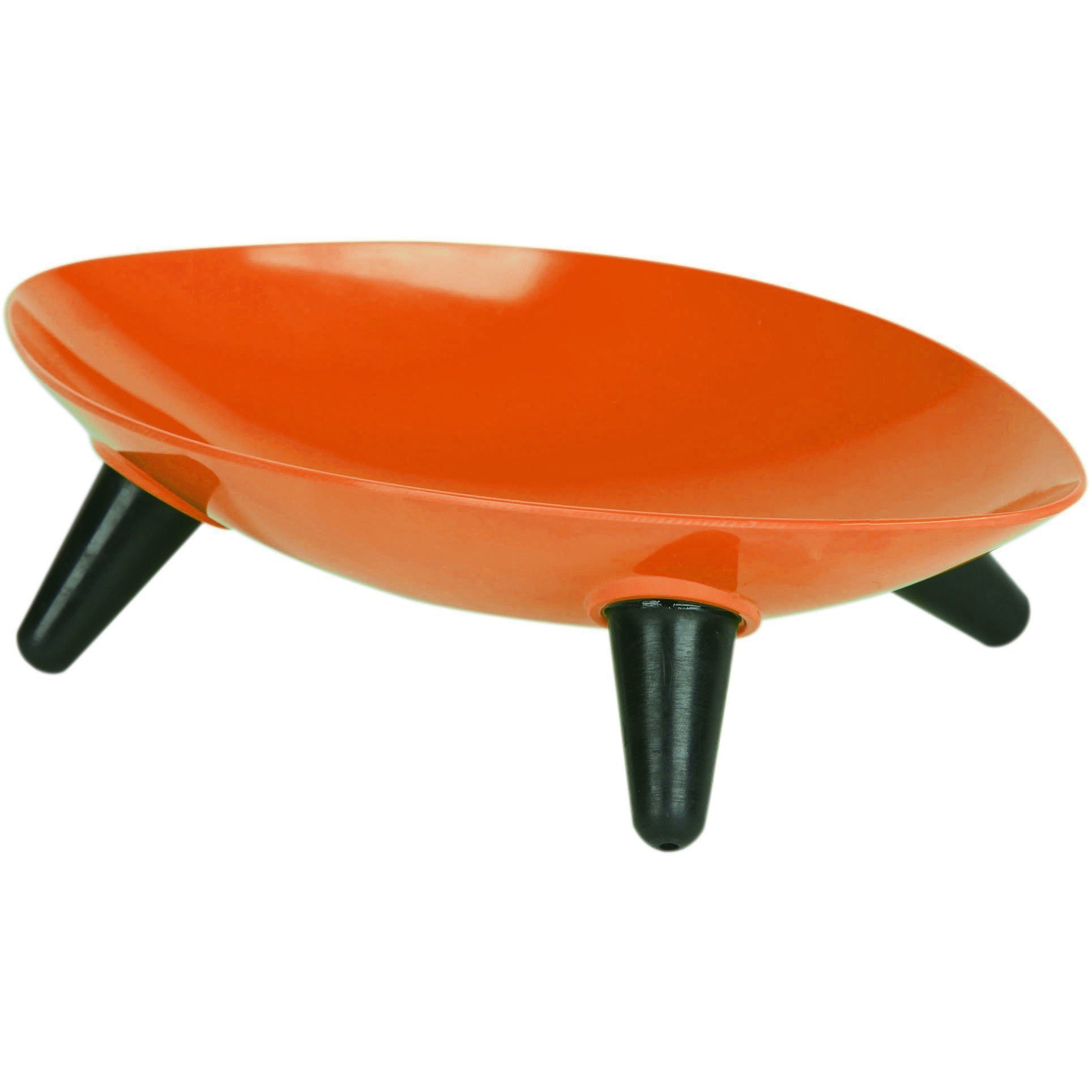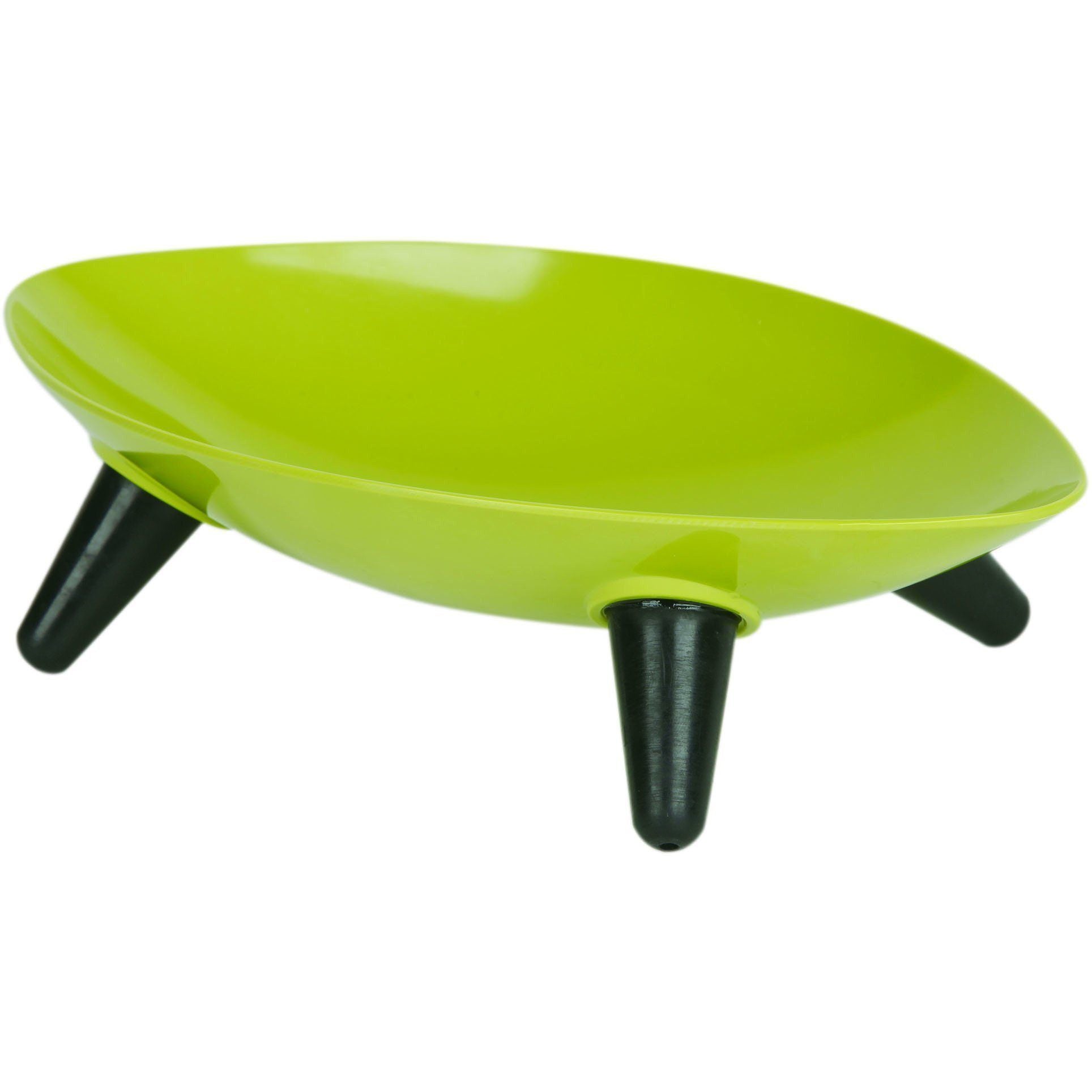Cat Bowls and Feeders

Pet Life ® Wallet Folding Waterproof Zippered Folding Pet Travel Cat and Dog Bowl
- Sale price
- $11.99
- Regular price
- $12.99
Pet Life ® 'Moda-Pure' Ultra-Quite Filtered Dog and Cat Fountain Waterer
- Sale price
- $43.99
- Regular price
- $45.99
Gamma2 Outback Vittles Vault Plus Pet Food Storage Container
- Sale price
- From $36.51
- Regular price
- $43.81
Petmate Ultra Lightweight Double Diner Cat Bowl Assorted - Small
- Sale price
- $1.17
- Regular price
- $1.40
Pet Life ® 'Dual Folding' Food and Water Collapsible Pet Travel Cat and Dog Bowl
- Sale price
- $12.99
- Regular price
- $14.99
Pet Life ® 'Couture Sculptured' Dishwasher Safe Melamine Pet Bowl
- Sale price
- $14.99
- Regular price
- $16.99
Cat Bowls and Feeders
Hydration is one of the most critical health-related and nutritional needs. Lack of water can cause an abundance of health ailments. With adequate hydration, the much-needed nourishment reaches the cells in the body. This can undoubtedly assist with increasing the overall life expectancy.
Cats like humans require a specific amount of hydration both based on their weight and age. Further, regardless of age, active cats need electrolytes to replenish the calories constantly burned off with movement or activity. In contrast, numerous Cat Activity Monitors and Trackers are designed to monitor their sleep and rest intervals. As owners, we need to keep track of whether they’re drinking enough water. If you are unsure how much water your kitty should be drinking, you must consult a veterinarian. Typically, the water intake varies depending on your pet’s lifestyle, age, and dietary restrictions. For more information, check out this article about the importance of hydration in cats.
Various types of Cat Bowls and Feeders exist today on the market. Digital pet bowls are designed to weigh food - a necessity for diabetic cat owners that require proper food portions. The built-in digital scales display food weight in grams, ounces, and pounds. Some bowls are raised and tilted, providing less neck stress when reaching over to eat and drink. Cat bowls are available in all shapes, sizes, and materials, ranging from melamine to plastic and acrylic to metal. You can even find food bowls designed to complement your home and workspace. It’s all a matter of preference. Most bowls for cats can also be used as dog bowls.
If you're looking to stay on top of your cat's hydration consumption, we would highly recommend shopping for Cat Fountains. Fountains designed for cats provide constant running water. Many fountains are even carbonated or filtered, which is essential due to many harmful chemicals found in tap water. Filtered Cat Fountains are usually comprised of carbonated charcoal, resins, and sponges that assist with the elimination of hundreds of chemicals that are generally invisible to the eye.
Interestingly, many states even require registration for filters purchased for humans to ensure that such claims for chemical removal are correctly registered with every state in the United States. Most countries don't have access to clean water. Even bottled water we purchase over the counter or in grocery stores is known to contain some contamination—however, the cleaner the water we put into our bodies, the healthier, of course. Cat's also love and are known to be attracted to running water. Cats drink more water when it’s in a constant flow. Aside from electronically controlled water fountains, there are also hand-held filtered water fountains perfect for when you're traveling.
Not only are cat fountains a fantastic option due to the reasons mentioned above, but many fountains for cats designed today have motion sensors and are extremely easy to re-fill. They also feature motion sensors that turn on as your cat approaches it, saving electricity. They also feature sensors that light up, alarming users when to replace the water or filter cartridges. The filter cartridges can last from 30 - 90 days, depending on the usage.
Now let's talk about Cat Feeders. There are thousands of cat feeders on the market today, and like cat bowls, feeders for cats are mostly electronically controlled. They range from manually electronic, like the ones that release food at the press of a button, to those with actual digital timers that release your determined food portions to your cat at specific times.
For pet parents that prefer technology and want to take their feedings to the next level, we recommend Wi-Fi and Bluetooth-enabled smart feeders for dogs and cats, such as the PETKIT Element smart feeder. You can control these cool devices from your smartphone. Some models even have cameras, speakers, and microphones so you can talk with your feline or listen to their sound. There are also intelligent feeders large in size. They double as a food storage device that keeps food fresh for up to an entire year.
Quick Suggestion:
Regardless of your decision, it's always a great idea to speak with your local veterinarian regarding the type of cat food or dog treats for your pet. You must also discuss the quantity of food suitable for your pet and how much water and hydration they need. Since technology is constantly evolving, buying a smart pet device has become easier. You can buy many pet products at reasonable prices today without breaking your bank.
People Often Ask:
Owners often serve a dry food diet to their cats, so drinking plenty of water is vital for their overall well-being. Besides, cats are instinctively drawn to moving water, as they consider it fresher than water in a bowl. Cat water fountains are sophisticated water bowls that provide running water, encouraging the cats to increase their water intake and stay hydrated. They include a water reservoir and a pump, which ensures that running water is readily available at all times.
Choosing a cat water fountain depends on several factors, including features, design, and price range. Ideally, look for stainless steel or ceramic cat water fountains. In addition, pay attention to the noise produced by the running water. Always purchase cat water fountains approved for use around pets. Moreover, avoid buying fancy, decorative cat fountains as they might lack some safety features, risking your cat to potential danger.
Cat water fountains should always be in a separate room, away from the kitchen and litter box. It is best to place them somewhere relatively quiet, away from high-traffic or noisy areas. Cats don’t like to eat and drink in the same place, so avoid keeping the fountain near cat food bowls.
If you own just one cat, you should thoroughly clean cat water fountains and bowls at least once or twice a week. For multiple cats, you should do this every 3 to 4 days.
Indoor cats need anywhere between 3.4 to 4.5 ounces of water per 5 pounds of their body weight per day. However, you should also consider several other factors, such as environment and diet, for determining your cat’s water intake.

